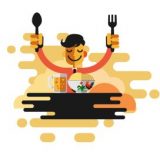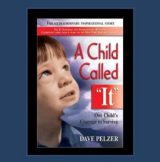
I am a big fan of Michael Pollan’s work! I especially like what he has to say about food in his documentary “In Defense of Food”. Even if I don’t have time to show my students the documentary in its entirety, I do like to focus on certain parts of it. One in particular are his 7 words that he uses to sum up healthy eating: “Eat foods–Not Too Much–Mostly Plants”. It’s a great way to introduce students to different plant based foods! Read on to learn more about how those 7 words equate to a lesson about beans and legumes.






